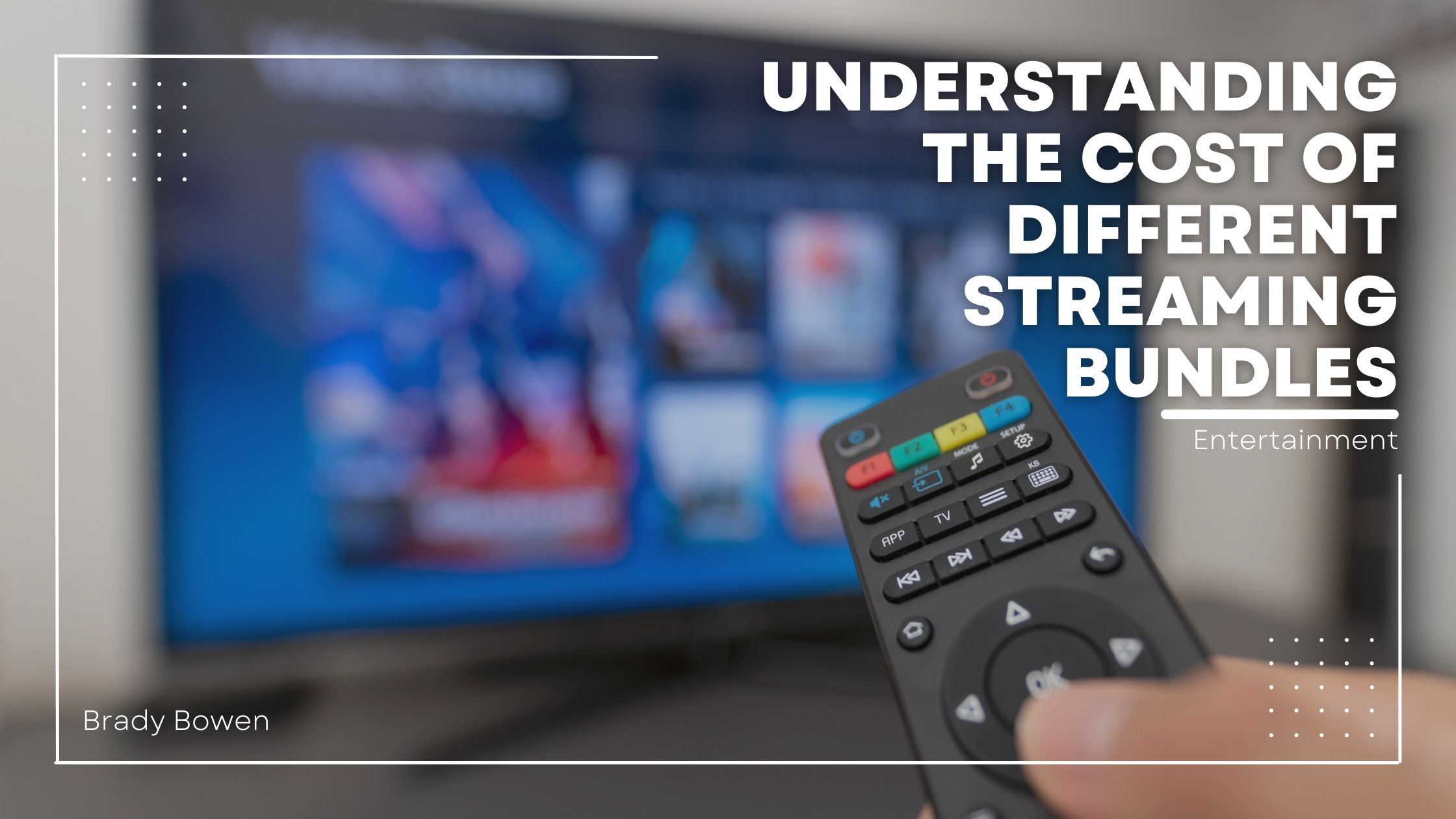
In recent years, the popularity of streaming services has skyrocketed, providing viewers with a wide range of options to access their favorite TV shows, movies, and original content. With the increasing number of streaming platforms available, many consumers opt for streaming bundles to consolidate their subscriptions and save on costs. However, it’s essential to understand the cost breakdown of different streaming bundles to make informed decisions.
Here’s a closer look at how streaming bundles work and what factors to consider when assessing their costs.
Bundle Types:
Streaming bundles can take various forms, such as cable TV packages that include streaming services, internet and streaming bundles offered by internet service providers, or even bundles created by streaming platforms. These bundles typically combine popular streaming services, allowing subscribers to access multiple platforms through a single package.
Content Selection:
One crucial factor to consider is the content included in the bundle. Different streaming bundles offer varying combinations of services, including mainstream platforms like Netflix, Hulu, Amazon Prime Video, Disney+, and HBO Max, as well as niche services like ESPN+, Paramount+, and Apple TV+. Assess the content selection and ensure the bundle includes the services that align with your viewing preferences.
Pricing Structure:
Streaming bundle pricing can be structured in different ways. Some bundles may offer a discounted rate compared to subscribing to individual services separately, while others may have a fixed monthly fee regardless of the number of services included. Consider the pricing structure of the bundle and compare it to the cost of subscribing to the included services individually to determine potential savings.
Introductory Offers:
Many streaming bundles come with introductory offers, providing discounted rates for an initial period. While these deals can be enticing, it’s crucial to understand the regular pricing after the introductory period ends. Evaluate whether the ongoing cost justifies the value you’ll receive from the bundled services.
Add-Ons and Upgrades:
Some streaming bundles offer add-ons or upgrades that allow access to premium channels or additional features. These add-ons often come at an extra cost. Take note of any additional charges for add-ons and assess whether they are necessary for your viewing preferences. Consider if the combined price of the bundle and any desired add-ons are still within your budget.
Contract Terms and Commitments:
Be aware of any contractual terms or commitments associated with the streaming bundle. Some bundles may require a long-term contract, while others offer more flexibility with month-to-month subscriptions. Before committing to a bundle, understand the terms and conditions, including cancellation policies.
Internet Requirements:
Streaming services heavily rely on a stable internet connection. When evaluating streaming bundles, consider the internet service provider (ISP) associated with the bundle. Assess the ISP’s reliability, speed, and data limits to ensure it meets your streaming needs.
Understanding the cost of different streaming bundles requires careful consideration of factors such as the bundle type, content selection, pricing structure, introductory offers, add-ons, contract terms, internet requirements, and personal viewing habits. By thoroughly assessing these aspects, you can make an informed decision and choose a streaming bundle that provides the desired content at a price that aligns with your budget.
